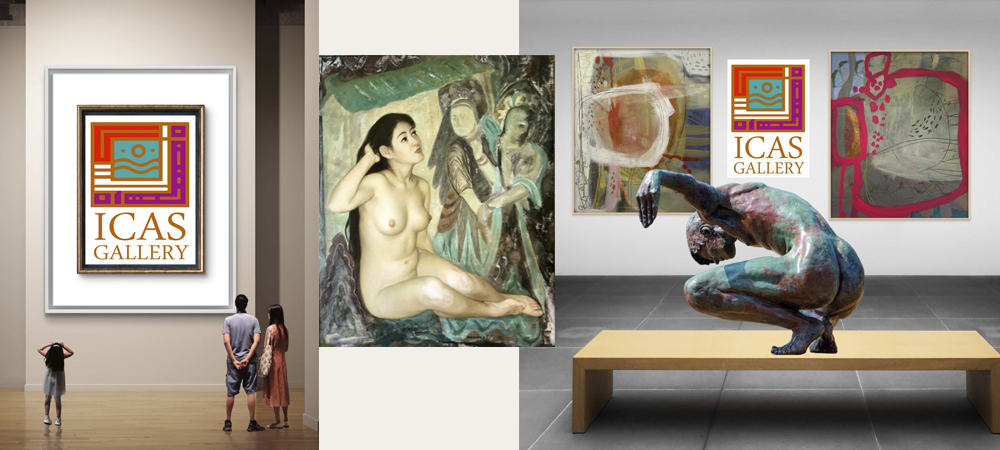 Equestrian art is a fascinating fine art genre that portrays the elegance, strength, and spirit of horses. This art form has a long and vibrant history, originating in ancient civilisations where horses were essential for transportation, agriculture, and even on the battlefield. Equestrian art not only showcases the physical beauty of horses but also highlights their loyal companionship with humans. For example, ancient cave paintings in France depict early human interactions with horses, while medieval tapestries often show knights on horseback during grand events. Over time, the style and focus of equestrian art have changed, reflecting both artistic trends and the evolving role of horses in society. Throughout history, equestrian art has reflected the profound and intricate relationship between humans and horses. These majestic animals are often celebrated in art for their beauty, intelligence, and grace. For instance, in ancient Greece and Rome, sculptures and mosaics featuring horses were symbols of status, power, and military strength. During the Renaissance, renowned artists such as Leonardo da Vinci and Albrecht Dürer created detailed sketches and paintings of horses, with a particular focus on their anatomy and movement. Da Vinci’s studies, for example, combined scientific observation with artistic skill, revealing how horses moved and interacted with their riders.
Equestrian art is a fascinating fine art genre that portrays the elegance, strength, and spirit of horses. This art form has a long and vibrant history, originating in ancient civilisations where horses were essential for transportation, agriculture, and even on the battlefield. Equestrian art not only showcases the physical beauty of horses but also highlights their loyal companionship with humans. For example, ancient cave paintings in France depict early human interactions with horses, while medieval tapestries often show knights on horseback during grand events. Over time, the style and focus of equestrian art have changed, reflecting both artistic trends and the evolving role of horses in society. Throughout history, equestrian art has reflected the profound and intricate relationship between humans and horses. These majestic animals are often celebrated in art for their beauty, intelligence, and grace. For instance, in ancient Greece and Rome, sculptures and mosaics featuring horses were symbols of status, power, and military strength. During the Renaissance, renowned artists such as Leonardo da Vinci and Albrecht Dürer created detailed sketches and paintings of horses, with a particular focus on their anatomy and movement. Da Vinci’s studies, for example, combined scientific observation with artistic skill, revealing how horses moved and interacted with their riders.
In the 18th and 19th centuries, equestrian art became even more specialised. Artists began to focus on various aspects of horse life, including thrilling horse races, lively hunting scenes, and dramatic military campaigns. For example, George Stubbs gained fame for his lifelike paintings of racehorses and rural scenes, while Edgar Degas masterfully captured the energy of racecourses in his Impressionist works. In America, Frederic Remington depicted the excitement and adventure of the Wild West, often featuring cowboys and cavalry on horseback.
Today, equestrian art continues to captivate audiences worldwide. Modern artists employ a diverse range of styles and materials—from traditional oil paintings and sculptures to digital art and mixed media—to portray horses in innovative and captivating ways. You can find equestrian art displayed in galleries and museums globally, delighting both seasoned art collectors and those who simply love horses. Whether you are drawn to realistic portraits, abstract interpretations, or whimsical illustrations, there is something in equestrian art for everyone to enjoy.
We welcome enquiries from new artists who want to join our ICAS Vilas Art Gallery artists’ portfolio. Please send us your details to ICAS Vilas Art Gallery
Garden Square Shopping Centre,
The fascination with Horses symbolises how they convey grace, courage, strength, power, speed, and endurance. Giving a gift of art, such as a galloping study of a horse sculpture or a painting, for a home environment or an office, fulfils all the aspirations – recognition, fame, promotion, victory, and a wish for growth and success in life and career.
ICAS EQUESTRIAN Art Collections
We showcase the BEST in Contemporary equestrian Art by TODAY’s New emerging artists.
We proudly present our ICAS gallery artists’ selection of equestrian art showcases in our current exhibition. Kindly contact our gallery to arrange a viewing by appointment.
 For private or corporate commissions by our gallery artists, please get in touch with Sunil Vilas. Call us. We welcome inquiries for special commissions.
For private or corporate commissions by our gallery artists, please get in touch with Sunil Vilas. Call us. We welcome inquiries for special commissions.
ART NEWS VIDEOS & PUBLICATION




